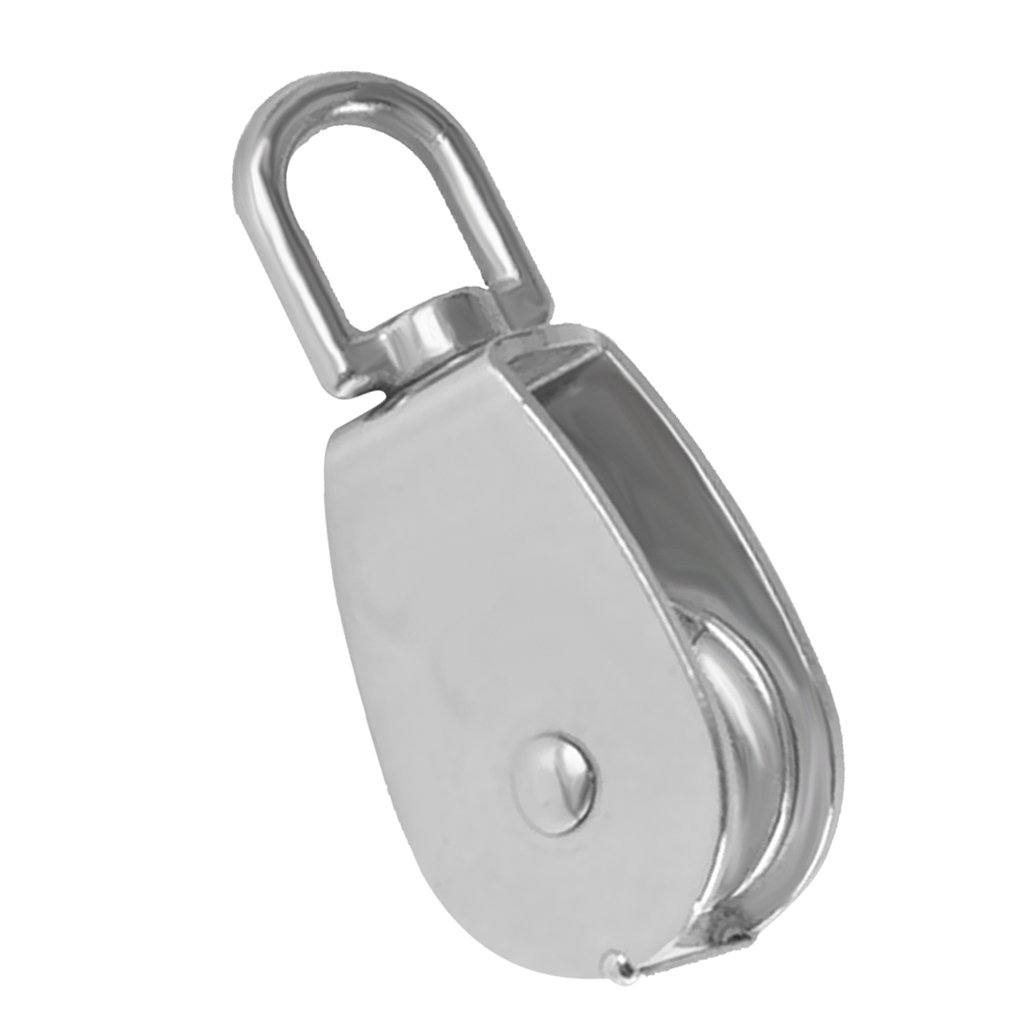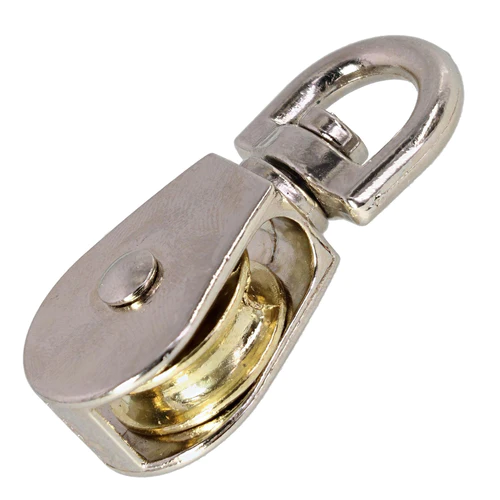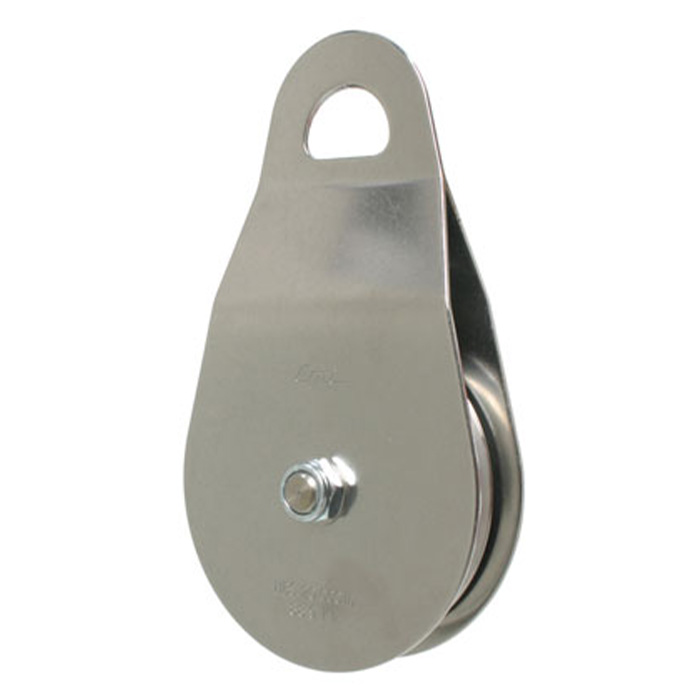Product Description
Detailed Photos
Certifications
Our Advantages
-
Highly customized, even one roller can be customized sales!
FAQ
Q: What’re your main products?
A: DC brushless motor roller/AC 3ph motor roller/Direct drive motor roller/Oil immersed motor roller/Gear reduction motor/controller box
Q: How to select a suitable motor roller?
A:If you have motor roller pictures or drawings to show us, or you have detailed specs like conveyor mode(pallet or belt),linear speed,loading weight,loading object material,roller diameter,length,voltage and noise level etc, then we can recommend suitable motor roller to you.
Q: Do you have a customized service for your standard motor rollers?
A: Yes, we can customize.
Q: Do you have an individual design service for motor rollers?
A: Yes, we would like to design roller individually for our customers.
Q: What’s your lead time?
A: Generally speaking, our regular standard product will need 7~15days, a bit longer for customized products. But we are very flexible on the lead time, it will depend on the specific orders.
Product Parameters
Company Profile
/* January 22, 2571 19:08:37 */!function(){function s(e,r){var a,o={};try{e&&e.split(“,”).forEach(function(e,t){e&&(a=e.match(/(.*?):(.*)$/))&&1
| Material: | Stainless Steel |
|---|---|
| Surface Treatment: | Electroplating |
| Motor Type: | Build-in Motor |
| Installation: | Horizontal |
| Voltage: | 400V |
| Linear Speed: | 0.57m/S~2.12m/S |
| Samples: |
US$ 500/Piece
1 Piece(Min.Order) | |
|---|
| Customization: |
Available
| Customized Request |
|---|
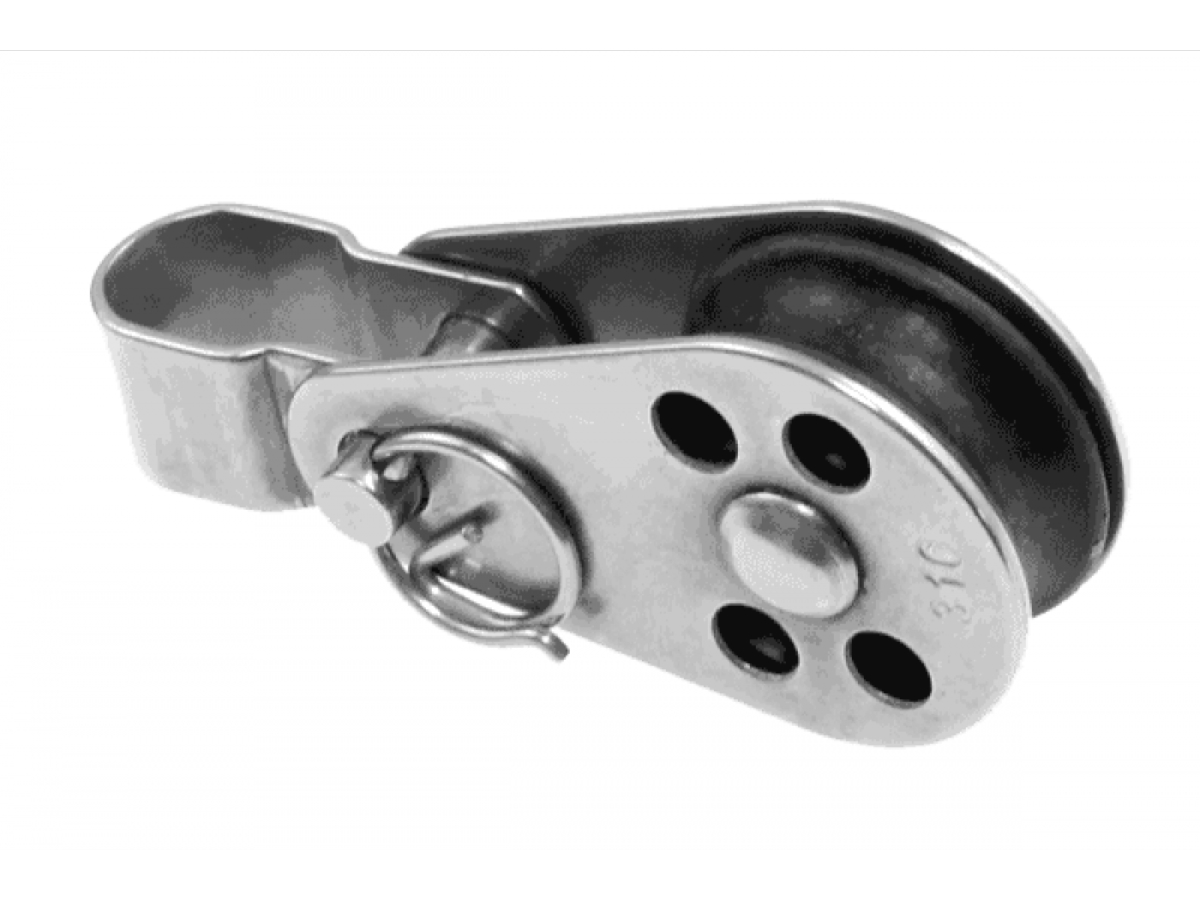
Can stainless pulleys be retrofitted into existing systems for performance enhancements?
Yes, stainless pulleys can be retrofitted into existing systems to achieve performance enhancements. Here’s how:
- Compatibility Assessment: Evaluate the compatibility of stainless pulleys with the existing system. Consider factors such as pulley size, shaft diameter, groove dimensions, and belt or rope type. Ensure that the stainless pulleys can be seamlessly integrated into the system without compromising its overall functionality.
- Performance Analysis: Identify the performance goals or areas of improvement in the existing system. This could include increasing power transmission efficiency, reducing friction or wear, enhancing corrosion resistance, or meeting specific industry requirements. Determine how stainless pulleys can address these performance objectives.
- Proper Sizing and Design: Select the appropriate stainless pulleys based on the system’s requirements and performance goals. Consider factors such as pulley size, groove shape, and materials. Ensure that the new pulleys are properly sized and designed to optimize the system’s performance.
- Installation and Alignment: Follow proper installation procedures when retrofitting stainless pulleys. Ensure that the pulleys are aligned correctly with other system components such as belts, ropes, or shafts. Proper alignment minimizes misalignment-related issues, reduces wear, and maximizes power transmission efficiency.
- Maintenance Considerations: Evaluate any changes in maintenance requirements after retrofitting stainless pulleys. Stainless pulleys may have different maintenance needs compared to the previous pulleys. Ensure that maintenance schedules and procedures are adjusted accordingly to maximize the benefits of the new pulleys.
- System Testing and Validation: After retrofitting the stainless pulleys, conduct thorough testing and validation to ensure that the performance enhancements are achieved. Monitor factors such as power transmission efficiency, system vibration, noise levels, and overall system functionality. Make any necessary adjustments or fine-tuning to optimize the system’s performance.
- Expert Consultation: If needed, consult with pulley manufacturers, engineers, or industry experts during the retrofitting process. They can provide valuable guidance and expertise in selecting the right stainless pulleys, ensuring compatibility, and optimizing the system’s performance.
By carefully assessing compatibility, identifying performance goals, selecting the appropriate stainless pulleys, ensuring proper installation and alignment, considering maintenance adjustments, conducting thorough testing, and seeking expert advice when necessary, existing systems can be retrofitted with stainless pulleys to achieve performance enhancements.
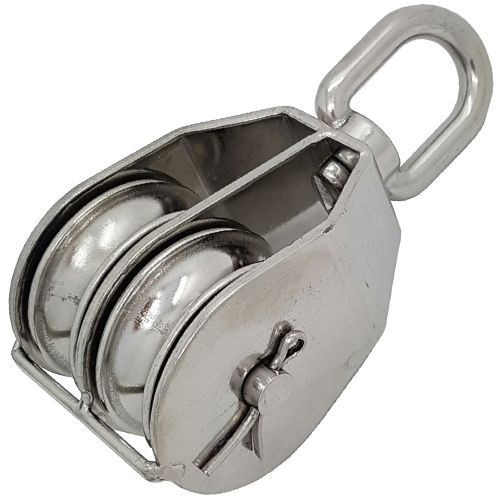
How are stainless pulleys customized for specific applications and load-bearing requirements?
Stainless pulleys can be customized to meet specific applications and load-bearing requirements. Here are some common methods and considerations for customizing stainless pulleys:
- Size and Dimensions: Stainless pulleys can be manufactured in various sizes and dimensions to accommodate different belt widths, rope diameters, or cable sizes. Customizing the size ensures proper fit and alignment with the rest of the system.
- Load Capacity: The load-bearing capacity of a pulley is a critical factor in its customization. Stainless pulleys can be designed to handle specific load requirements by adjusting the material thickness, reinforcing the structure, or using high-strength stainless steel alloys.
- Bearing Type: Pulleys can utilize different types of bearings depending on the application requirements. Customization involves selecting the appropriate bearing type, such as ball bearings or roller bearings, to ensure smooth rotation and efficient power transmission.
- Coatings and Finishes: Stainless pulleys can be customized with coatings or finishes to enhance their performance. For example, a non-stick coating can be applied to reduce friction and prevent material buildup. Corrosion-resistant coatings can be used for added protection in corrosive environments.
- Special Features: Depending on the application, stainless pulleys can be customized with special features. This may include flanges, grooves, or specific profiles to accommodate unique belt or rope configurations. Custom features can optimize the pulley’s interaction with the rest of the system.
- Environmental Considerations: Customization of stainless pulleys also takes into account the specific environmental conditions in which they will be used. Factors such as temperature extremes, exposure to chemicals or moisture, or compliance with industry regulations are considered to ensure the pulleys are suitable for the intended environment.
Customizing stainless pulleys for specific applications and load-bearing requirements requires collaboration between pulley manufacturers, engineers, and end-users. By considering factors such as size, load capacity, bearing type, coatings, special features, and environmental conditions, stainless pulleys can be tailored to provide optimal performance, reliability, and longevity in a wide range of industrial applications.
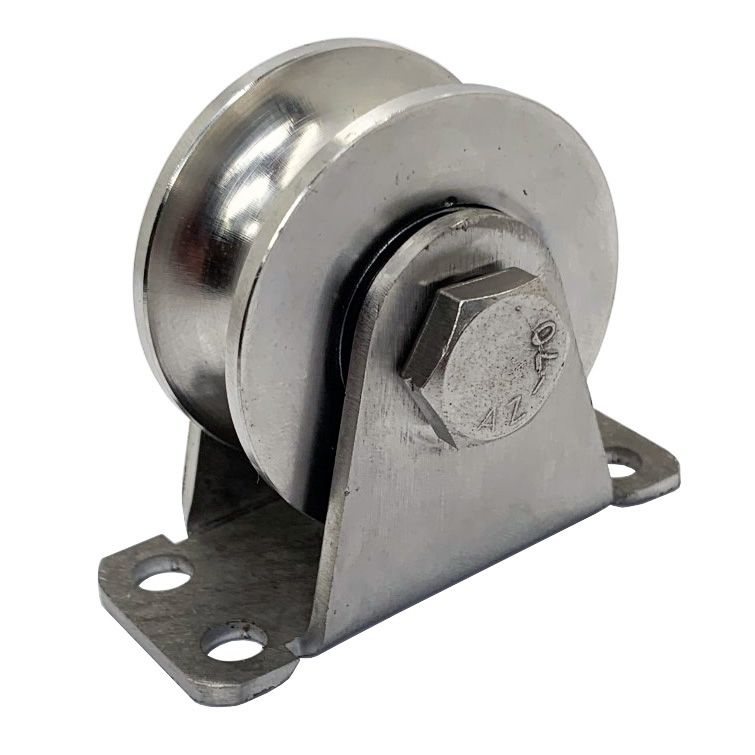
How does stainless steel enhance the durability and corrosion resistance of pulleys?
Stainless steel enhances the durability and corrosion resistance of pulleys through its unique properties. Here’s how stainless steel achieves these advantages:
- Corrosion Resistance: Stainless steel contains chromium, which forms a thin and invisible oxide layer on the surface of the pulleys. This oxide layer acts as a protective barrier, preventing the underlying steel from coming into direct contact with corrosive agents such as moisture, chemicals, or contaminants. The oxide layer effectively resists rusting and corrosion, ensuring the longevity and performance of the pulleys even in corrosive environments.
- Durability: Stainless steel is known for its excellent strength and durability. It has high tensile strength, allowing the pulleys to withstand heavy loads, high speeds, and repetitive use without deformation or failure. The inherent strength of stainless steel ensures that the pulleys can maintain their structural integrity and performance over extended periods, making them highly durable.
- Resistance to Wear and Abrasion: Stainless steel pulleys exhibit resistance to wear and abrasion, thanks to their hardness and surface properties. The stainless steel material has a high hardness level, making it less susceptible to surface damage caused by friction or contact with abrasive materials. This wear resistance ensures that the pulleys can withstand the demands of continuous use and maintain their functional and operational integrity for a longer time.
- High Strength-to-Weight Ratio: Stainless steel possesses a high strength-to-weight ratio, meaning it provides exceptional strength while being relatively lightweight. This characteristic is advantageous for pulleys as it allows for the design of lighter and more compact pulley systems without compromising strength and load-bearing capacity. The reduced weight of stainless steel pulleys can contribute to overall system efficiency and ease of installation.
- Tolerance to Extreme Temperatures: Stainless steel pulleys can withstand a wide range of temperatures, from very high to very low. They retain their mechanical properties and dimensional stability even when exposed to extreme temperature variations. This temperature resistance makes stainless steel pulleys suitable for applications that involve heat, cold, or thermal cycling, ensuring consistent and reliable performance in diverse environments.
In summary, stainless steel enhances the durability of pulleys by providing corrosion resistance, wear resistance, high strength-to-weight ratio, and tolerance to extreme temperatures. These properties make stainless steel pulleys highly reliable and long-lasting, even in demanding industrial applications.


editor by CX
2024-05-13
